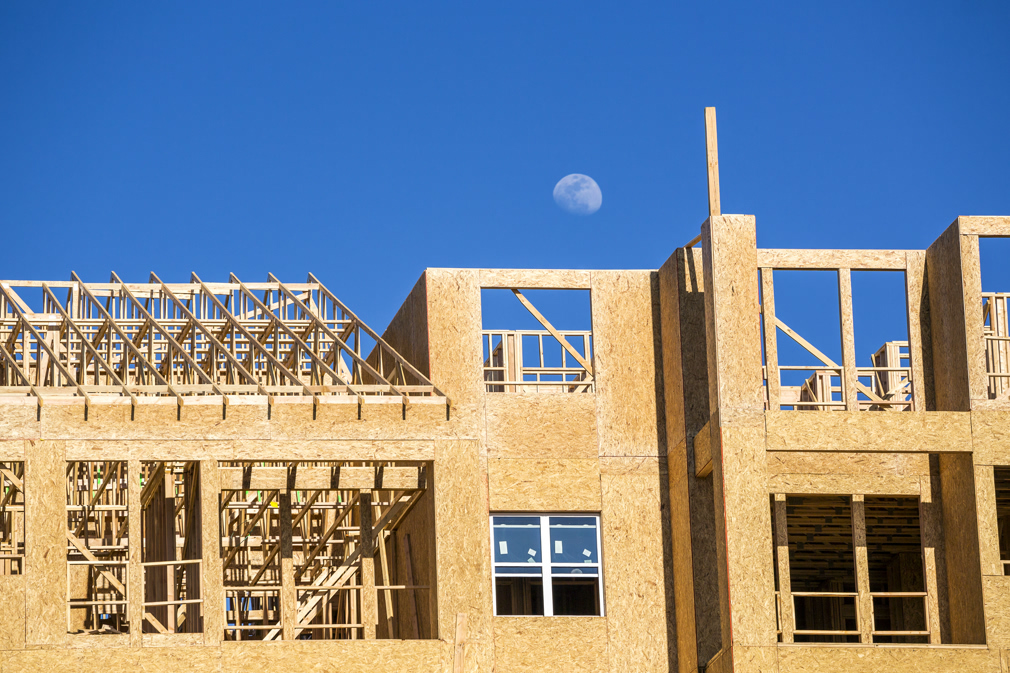The federal regulator for Fannie Mae and Freddie Mac announced changes on Friday to tweak its role in the multifamily mortgage market.
The Federal Housing Finance Agency boosted the multifamily lending caps for the nation’s two largest mortgage financiers to $100 million each, but that won’t necessarily increase volume because it also ended the exemption for “green loans” that had swelled the GSEs’ balance sheets. The regulator also announced it was reclassifying loans in some rural areas and high-cost areas as being eligible to count toward the GSEs’ mandated volume for affordable housing.
“Multifamily housing is a critical component of addressing our nation's shortage of affordable housing," FHFA Director Mark Calabria said in a statement. “These new multifamily caps eliminate loopholes, provide ample support for the market without crowding out private capital, and significantly increase affordable housing support over previous levels.”
While the carve-out for loans that finance energy and water efficiency improvements was ended, it doesn’t mean the loans are banned. They will be considered “conventional business,” Calabria said. The new caps are for a five-quarter period that runs from Oct. 1 through the end of 2020.
“What we're seeing is a move to head off off potential problems by limiting how much multifamily debt is picked up when the economy is expanding, that then might limit the ability for the GSEs to be a viable market participant when the economy is in a downturn and the market at its tightest,” said Greg McBride, chief financial analyst with Bankrate.com. “Private capital is at its greatest when the market is doing well.”
In a fact sheet that accompanied Calbria’s announcement, the FHFA laid out its data under the heading: “The old caps were not working as intended.”
Fannie and Freddie’s share of new multifamily loans rose to 49% in 2017 from 36% in 2015, the FHFA said. Much of that increase was due to the green loans carve-out. Around half of the loans the two companies purchased in 2017 and 2018 were excluded from the FHFA’s lending caps, according to FHFA data.
“In recent years, the multifamily market has grown, and the Enterprise share of multifamily loan originations expanded considerably,” the fact sheet said. “This has put the Enterprises in a pro-cyclical role in the multifamily market.”
To explain: regulators and many of the lawmakers who have a big say in how the so-called government-sponsored enterprises are run don’t want to see the government competing with private companies or driving real estate booms. The GSEs are seen as an important backstop in bad times, meaning when the economy turns sour. That’s known as a “counter-cyclical” role.
“What we need is a counter-cyclical housing finance system,” Calabria said in a speech in June, two months after becoming head of the FHFA. “That means it must be reliable, stable, and liquid over the long-term – across the business cycle and the housing cycle.”
The multifamily market has more than doubled since its Great Recession trough in 2009. Builders broke grown on 1.2 million multifamily units in July, at a seasonally adjusted and annualized pace, down from May's 12-year high of 1.3 million, according to Department of Commerce data.
The U.S. has added more than 10 million households in the last decade, for a total of 127.6 million at the end of 2018, and they all need a place to live. Not counted in the household number is the so-called “pent-up household demand,” meaning people who would like to start families or live on their own, but can’t find a place they can afford because of a shortage of units.






